The Ancient Oak Tree that Taught the World a Lesson – BBC (2020)
The Turner’s oak is a hybrid of the European oak (Quercus robur) and the Mediterranean holm oak (Quercus ilex). It is a prime example of a hybrid that exhibits blended characteristics of its progenitors: a semi-evergreen tree. Grown out in the open field for centuries, this tree experienced no competition from others and developed a dome shaped canopy. The tree was grown at the Holloway Down Nursery of Spencer Turner, Leyton, Essex, UK. In 1783, it caught the attention of […]

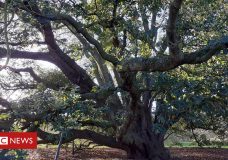
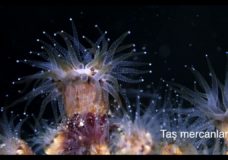

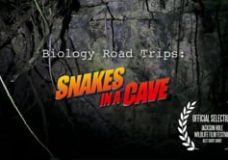
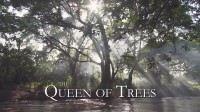


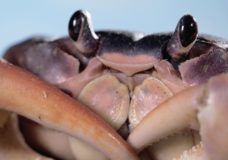
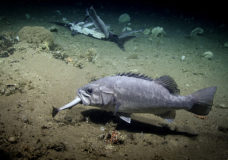
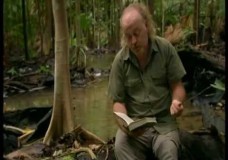
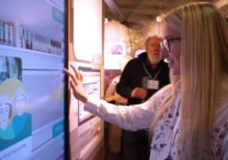
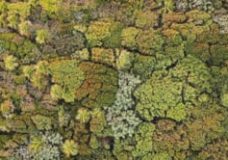
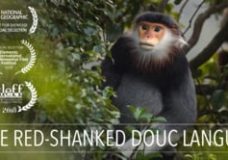
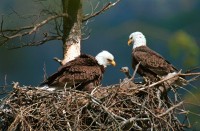
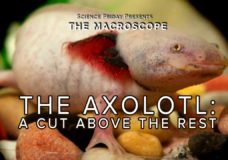

Recent Comments